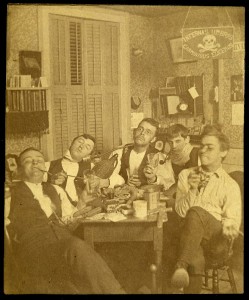
The 1870s and ’80s saw the rise of several secret societies or fraternities at Williston Seminary. Initially there were four: Iota Zeta, L.L.D., Pi Beta Pi, and F.C. A fifth, Phi Rho Alpha, appeared somewhat later, although its existence was sometimes not acknowledged by the four “legitimate” societies. History knows relatively little about them; as secret organizations, they kept their petty confidences, and worse, to themselves. So we have no idea what the initials stood for, not even for the two societies that didn’t affect Greek names. We do know that their membership was selective; that at least some of their alumni remained loyal to the clubs, often at the expense of loyalty to the school, and that they posed as “service” organizations: in 1916, for example, their leaders formed the first Student Council.
None of the preceding can be said of a sixth fraternity, Sigma Eta Delta.
In fact, the Greek letters ΣΗΔ were a rendering of the society’s real name, the South Hall Devils. (Since classical Greek doesn’t accommodate the “H” sound, it was the preference of the membership to spell “Eta” with an apostrophe: Sigma ‘Eta Delta.) The group was formed in the winter of 1889, mostly to poke fun at the elite, thus much-resented, fraternities. Membership was open to any resident of South Hall, the dormitory with the least desirable and least expensive rooms — thus a dorm shunned by any self-respecting (and they were nothing if not that) frat boy.
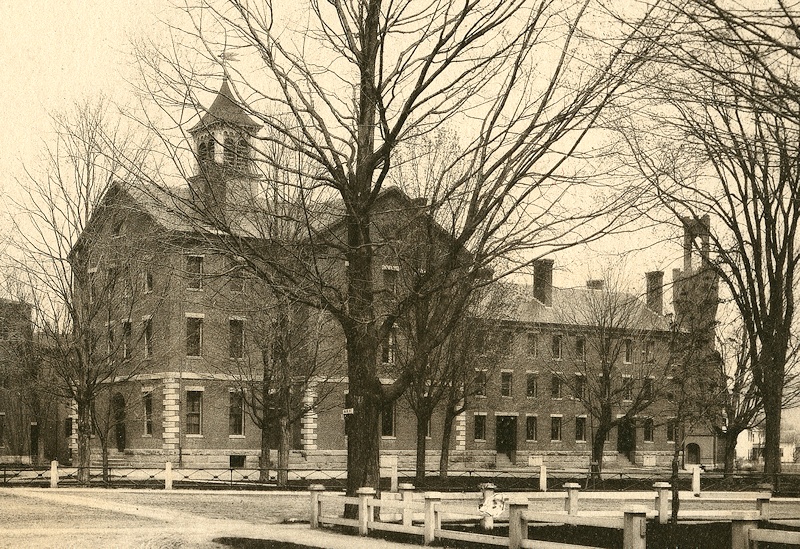
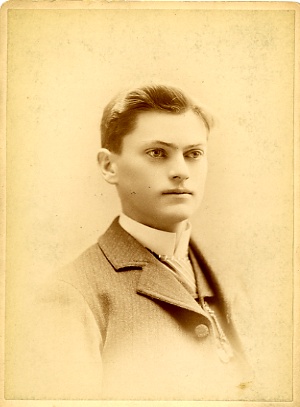
The Devils appear to have been the brainchild of one George Wardman, class of 1889, who served as their first leader, a.k.a. Royal Arch-Fiend. The charter members were all from the classes of 1889-1892. What probably began as a joke quickly took on a life of its own, as the society acquired a constitution and by-laws, officers, and a set of traditions. Typically the Devils would gather around midnight in “Hades” — a basement room in South Hall — to transact business, the first order of which was to elect the officers of the night, the “Angel,” who kept the minutes (i.e., “Recording Angel”) and a couple of imps. If new members were elected, it was the imps’ role to ascend to Earth to condemn them — in other words, to enter their rooms in the dead of night and carry them down to Hades. Following an initiation ceremony of questionable taste, and the administration of an oath, the Devils talked and feasted until the small hours of the morning. While there may have been elements of hazing that would not be tolerated today (and should not have been then), it was mostly in good fun.
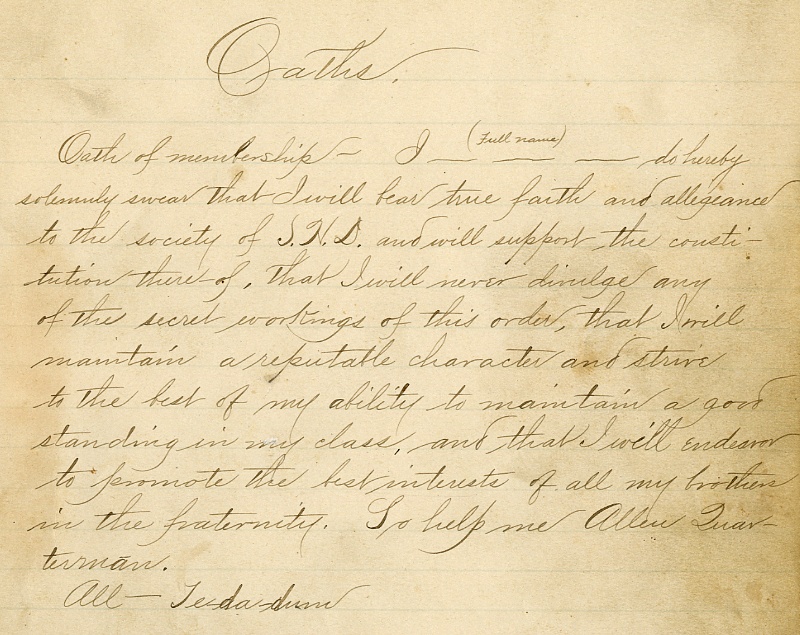
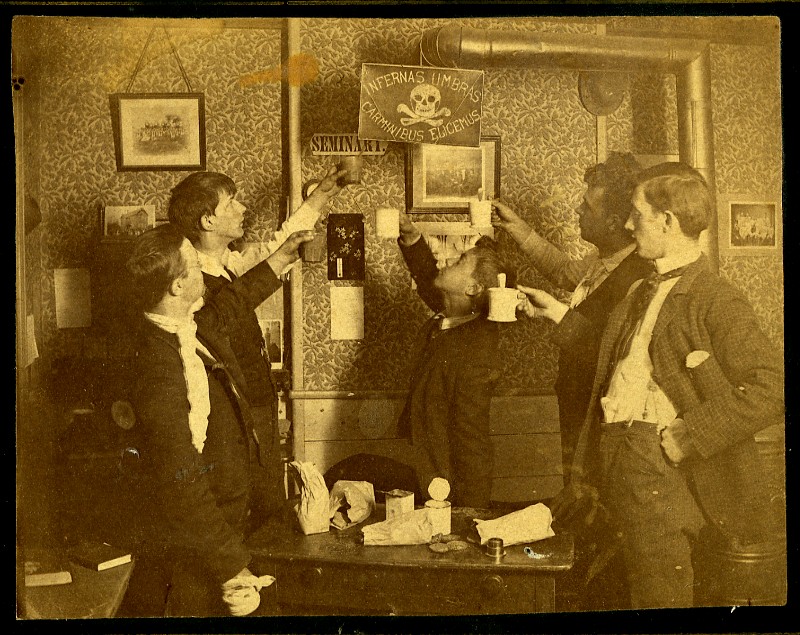

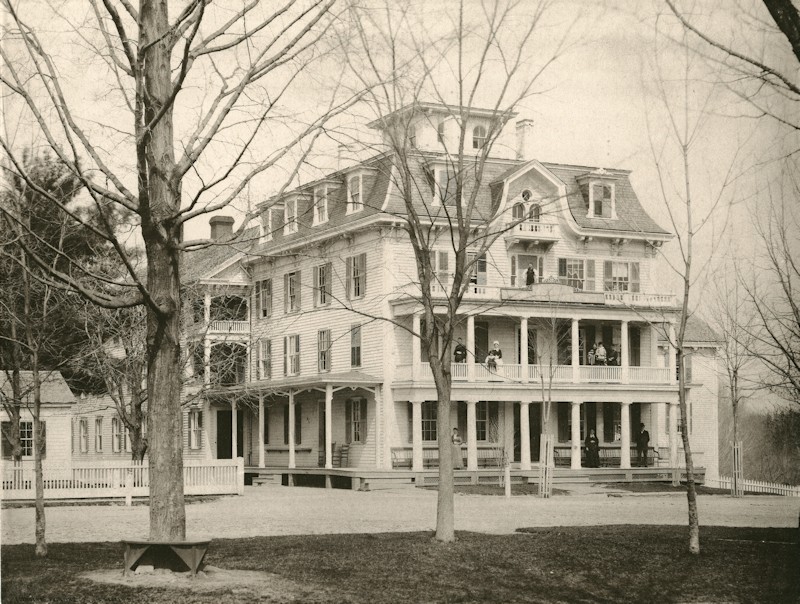
The fraternities survived until 1926, when Headmaster Archibald Galbraith (served 1919-1949), with the unanimous support of the faculty and trustees, undertook to abolish them. ΣΗΔ, though never acknowledged by the other societies, had to go as well. There was general agreement that the frats had far too much influence in the life of the school, while simultaneously the origin of the bulk of campus crime and bullying. In his memoirs,1 Galbraith wrote, “In spite of many attempts made over the years, it had been impossible for previous Principals to get the sincere cooperation of the fraternities in matters of school welfare and morale. When the chips were down, loyalty to the small intimate personal group had a way of seeming more important than loyalty to the greater good of the impersonal institution.” The effort was successful, such that by September 1928 the societies were inactive and there were no enrolled students who had ever been members.
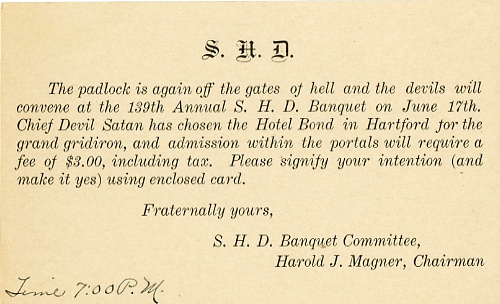

1Archibald Galbraith, The Galbraith Years, 1919-1949. Easthampton, Mass.: Williston Academy, 1967.

